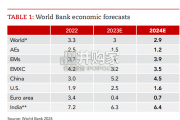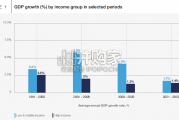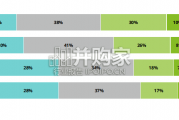China’s financing and investment spread across 61 BRI countries in 2023 (up...
2024-02-27 31 英文报告下载
The next wave of connected and intelligent technologies, including sensors, 5G, and artificial intelligence (AI), holds great promise for improving the energy efficiency of many systems, including urban systems.1 Building automation systems can automatically monitor, control, and optimize a building’s heating and cooling, lighting, and other mechanical systems. Real-time traffic data coupled with smart traffic lights can reduce energy use. Digitalization is also enabling integration of previously isolated systems: Grid-integrated buildings provide demand response to the grid; and smart electric vehicles (EVs) shift their charging times to off-peak hours. At the same time, cities are increasingly making their own climate commitments and looking for ways to reduce their own emissions—and the emissions of businesses and residents who live in cities.
Alliances such as Climate Mayors, a network of 465 U.S. mayors, and the Global Covenant of Mayors for Climate and Energy, which includes 172 U.S. cities, represent the growing movement toward local action on climate change.2 By embedding smart technologies in the grid, buildings, and transportation systems, cities can reduce their energy use and emissions. A 2018 McKinsey report finds that a city deploying smart city applications “to the best reasonable extent” could reduce its total emissions by 10 to 15 percent.3 Similarly, Microsoft and PwC found that AI-enabled decarbonization technologies could reduce the carbon intensity of the global economy (figure 1).4 These applications help cities plan and govern more efficiently, reduce their energy use and emissions, attract and support businesses, and discover new sources of revenue.

标签: 英文报告下载
相关文章

China’s financing and investment spread across 61 BRI countries in 2023 (up...
2024-02-27 31 英文报告下载

Though the risk of AI leading to catastrophe or human extinction had...
2024-02-26 52 英文报告下载

Focusing on the prospects for 2024, global growth is likely to come i...
2024-02-21 96 英文报告下载

Economic activity declined slightly on average, employment was roughly flat...
2024-02-07 67 英文报告下载

Economic growth can be defned as an increase in the quantity or quali...
2024-02-06 82 英文报告下载

In this initial quarterly survey, 41% of leaders reported their organizatio...
2024-02-05 66 英文报告下载
最新留言